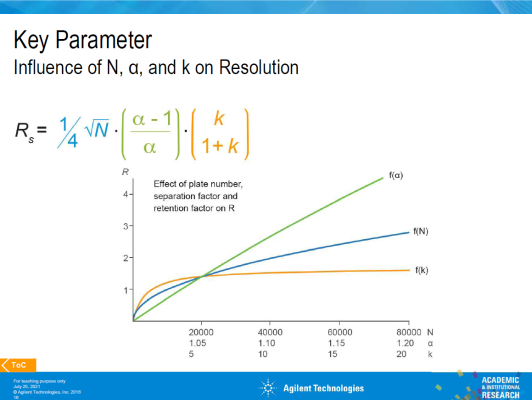Dear all
I have a very crude method with a Kinetex C18 100 A (100 x 4.6 mm, 2.6 um) running at 2 ml/min at 40'C with pressures ~ 320 bar. We have lots of samples running a day though this column with a 'quick' 10 min. scouting method and I wanted to reduce the amount of solvent used but keep the time as short as possible.
My question is what should I really change on the column - the length or the particle size? I assume changing the length would reduce the time and solvent but not improve resolution and if I reduce the pore size of the column, and length I could reduce flowrate but I am concerned about excess pressures - the instrument is not UHPLC.
Would anyone please be kind enough to suggest a smaller column (either length ID or both) that would be worth trying?
Would a Poroshell (699675-902 (1.9µm)) be suitable for non-UHPLC?
thank you all

